When it comes to choosing the ideal wooden axe handle, factors like durability and comfort are paramount. Axe handles crafted from sturdy materials like birch are essential for tools such as adzes and hatchets, providing both strength and a pleasant grip. The choices you make regarding grain orientation, shape, and finish can significantly influence your overall experience in the field or the workshop. Selecting the right handle allows for better control and efficiency in your tasks. Keep reading to dive deeper into each aspect of axe handles and discover how to choose the best one for your needs!
What Are Axe Handles Made From?

axe handles are primarily crafted from various hardwoods that provide both strength and comfort during use. As you explore options like hickory, ash, and maple, consider their characteristics, such as wood density and resilience. Each type of wood brings its own unique benefits and drawbacks, impacting the overall performance of your axe. Oak, for example, offers durability but can be heavier, while hickory is famed for its shock absorption, making it a popular choice among users. Understanding these materials helps you make informed decisions, ensuring your axe feels balanced and efficient as you work with chisel and hammer, giving you the confidence to tackle any task. It's essential to evaluate how metal bits interact with your selected wood type to achieve the best results.
Exploring Hardwoods: Hickory, Ash, and Maple
When selecting the right axe handle, consider hickory, ash, and maple for their superior qualities. Hickory, in particular, is renowned for its shock-absorbing abilities, reducing vibration during heavy-duty tasks. Ash, known scientifically as fraxinus, provides a lightweight feel while remaining sturdy, making it an excellent choice for users seeking comfort during long periods of use.
Maple handles offer a great balance of strength and durability, but their weight can vary based on the specific type used. While traditional wood options like spruce deliver reliable performance, many users today are also exploring fiberglass handles for their durability and low maintenance. Each material presents unique advantages, allowing you to select the option that best suits your firewood processing needs while ensuring comfort and control.
The Role of Wood Density in Durability
When choosing an axe handle, wood density plays a crucial role in its overall durability. A denser wood can withstand impacts better, providing a robust connection between the steel blade and the handle. This solid structure not only enhances performance but also prevents splintering during intense woodworking tasks.
Applying linseed oil to your axe handle can further improve its longevity. The oil penetrates the wood, enhancing its density and protecting it from moisture and wear. This treatment not only preserves the integrity of the handle but also gives you a better grip as you work, ensuring that your axe remains comfortable and dependable through various projects.
Weighing the Pros and Cons of Each Material
When choosing the right material for your axe handle, you should consider the attributes of lumber types like hickory, ash, and elm. Hickory is known for its outstanding shock absorption, making it a top choice for heavy-duty tasks such as using a splitting maul. Elm, on the other hand, offers decent durability but can be more susceptible to splitting, especially when used with a wedge to drive logs apart. Balancing durability and comfort is key, as the handle directly affects how you handle your tool during challenging jobs.
While traditional wooden handles provide classic appeal, modern alternatives are worth considering. For instance, a leather-wrapped handle can enhance grip and comfort, especially during long sessions of chopping. Additionally, fiberglass handles can provide impressive strength without the weight of heavier wood types, serving as a reliable option for those seeking both durability and ease of handling. Assessing the benefits and drawbacks of each material will guide you toward the perfect axe handle for your specific needs.
Axe Handle Grain Orientation and Its Impact

Understanding the grain orientation of your wooden axe handle is vital for maximizing both durability and comfort during use. Grain patterns can influence the strength and flexibility of various wood types, ultimately affecting how effectively your tomahawk performs. A well-aligned grain helps the handle withstand stress, especially in fluctuating humidity conditions where changes in moisture can lead to warping or splitting. By identifying the ideal grain pattern for your chosen hardwood, you ensure a sturdy connection that enhances your carpentry tasks, allowing you to work with confidence and control.
Understanding Grain Orientation
Grain orientation in wood significantly influences the performance of your axe handle, particularly for bushcraft enthusiasts who rely on durability and comfort. Choosing a handle made from well-aligned maple can enhance strength and flexibility, allowing for better control during your chopping tasks. Whether you prefer wood handles or are considering plastic options, understanding how grain patterns affect the overall structure of your axe is crucial for efficiency in the field.
When constructing your axe, pay close attention to the alignment of the grain in the cart you select for your handle. A properly oriented grain will help prevent splitting and increase the longevity of your tool, especially under rigorous conditions. As you evaluate your options, remember that while traditional wood offers excellent tactile feedback, modern materials might provide valuable alternatives based on your specific bushcraft needs.
How Grain Affects Strength and Flexibility
When considering the strength and flexibility of your axe handle, the grain pattern plays a significant role. For example, hickory, with its straight grain, provides excellent shock resistance, making it ideal for heavy-duty tasks. In contrast, walnut features a more varied grain, which can enhance aesthetics but may affect flexibility, so understanding the impact of these species is essential for achieving a comfortable grip during use.
The choice of wood species also influences how well the handle performs under stress. Pine, while lightweight and easy to handle, may not offer the same durability as hickory or walnut due to its softer grain structure. By carefully evaluating the grain patterns of different wood types, you can select an axe handle that provides the right balance of strength and flexibility for your specific needs.
Identifying the Ideal Grain Pattern
When selecting an axe handle, identifying the ideal grain pattern greatly influences your overall experience, especially during activities like axe throwing. The length of the handle can play a significant role in how effectively the grain absorbs shock and provides control. A well-oriented grain helps maintain stability and enhances your performance in both chopping tasks and recreational uses.
Ensure that the grain runs straight along the length of the handle for optimal strength and flexibility. This alignment is crucial for achieving the right balance and comfort needed during prolonged axe throwing sessions. By focusing on the grain pattern, you can enhance your grip and result in a more enjoyable and efficient experience with your axe.
Straight Axe Handles vs. Curved Axe Handles

Choosing between straight and curved axe handles is essential for achieving the best performance in your tasks. Straight axe handles are favored for their ability to generate more powerful swings, making them ideal for heavy-duty chopping or splitting. In contrast, curved handles provide an ergonomic design that enhances comfort during prolonged use, reducing fatigue in your hands and wrists. As you assess which handle type suits your needs, consider how you plan to use your axe. Whether you prioritize raw power or ergonomic advantages, your decision should align with the specific demands of your projects.
Benefits of Straight Axe Handles for Power
With a straight axe handle, you gain the advantage of increased leverage, allowing for more powerful swings. This design lets you deliver energy directly from your torso through the handle, translating to enhanced force when chopping or splitting. You’ll find that your strikes become more efficient, enabling you to tackle tougher materials with ease.
The stability of a straight handle also contributes to better accuracy during your swings. By maintaining a consistent line of force, you can strike your target more effectively, reducing the risk of mis-hits. This straightforward approach to handling not only boosts your confidence in each swing but also enhances the overall effectiveness of your axe during demanding tasks.
Advantages of Curved Handles for Ergonomics
Curved axe handles offer an ergonomic design that supports the natural motion of your hands and arms. This design allows for a more comfortable grip, which is especially beneficial during extended periods of use. As you chop or split, the shape helps reduce strain on your wrists and forearms, making your tasks more manageable.
Additionally, the curvature of the handle encourages proper hand positioning, promoting balance and control. This means you can maintain a steadier grip, enhancing your precision with each swing. Ultimately, by choosing a curved handle, you foster a more comfortable working experience, enabling you to focus on your tasks without discomfort.
How to Decide Based on Your Usage
To select the right axe handle, first assess how you plan to use it. If your tasks involve heavy chopping or splitting, a straight handle may be your best bet for generating maximum power. On the other hand, if you expect to work for extended periods, a curved handle will provide the ergonomic support you need to reduce strain and fatigue.
Consider your personal comfort and skill level when making this choice. If you are new to axe work, a curved handle can help you maintain better control and reduce the risk of fatigue during longer sessions. Experienced users might prefer the power of a straight handle, as it allows for more forceful strikes, enhancing efficiency in demanding tasks.
The Significance of the Handle's Shape and Size

The shape and size of your axe handle play crucial roles in ensuring both durability and comfort during your tasks. An ergonomic handle design can help reduce strain on your hands and wrists, allowing for longer periods of use without discomfort. When considering handle size, it’s essential to find one that fits comfortably in your grip, as this directly impacts your control and precision during cutting or chopping. By prioritizing these factors, you can significantly enhance your performance and enjoyment while working with your axe.
Ergonomic Considerations for Handle Shapes
When evaluating the shape of your axe handle, focus on how it fits within your hand. A well-designed handle contours to your grip, providing a natural feeling that minimizes strain on your fingers and wrist. This consideration is essential as it ensures you maintain control throughout your cutting tasks.
The diameter of the handle also influences comfort significantly. A handle that’s too thick can cause discomfort or fatigue, while one that's too thin may lead to a weak grip. Choosing a diameter that feels secure in your hand enhances your overall efficiency and enjoyment during use, allowing you to tackle jobs with ease.
Importance of Handle Size for Control and Comfort
Choosing the right handle size is vital for ensuring you have a secure grip while using your axe. A handle that fits comfortably in your hand allows for better control, whether you are chopping wood or performing detailed tasks. When the handle is the appropriate size, you will find it easier to maintain accurate strikes and apply the necessary force for your projects.
Additionally, the diameter of the handle influences how fatigue sets in during lengthy tasks. A well-sized handle reduces the strain on your hands and wrists, enabling you to work for extended periods without discomfort. By prioritizing the correct handle size, you can enhance your performance and make your woodworking experiences more enjoyable and efficient.
Selecting the Right Finish for Your Axe Handle

Choosing the right finish for your axe handle is just as crucial as selecting the wood itself. You have two primary options: natural finishes and varnished finishes. Each has its unique benefits and drawbacks. A natural finish highlights the wood's inherent beauty while allowing it to breathe, which can be beneficial for grip. On the other hand, varnished finishes offer added protection against moisture and wear, enhancing the handle’s longevity. As you consider your choices, keep in mind how the finish will impact both the grip and the overall lifespan of your axe handle, ensuring you achieve the ideal balance between performance and durability.
Natural vs. Varnished Finishes
When selecting a finish for your axe handle, you may lean towards a natural finish. This option preserves the wood's texture and allows for a better grip, helping you maintain control during tasks. Natural finishes also let the beauty of the wood shine, making it a visually appealing choice.
On the other hand, a varnished finish offers stronger protection against moisture and daily wear. This type of finish can significantly enhance the lifespan of your axe handle, ensuring it withstands the rigors of use. While a varnished handle may reduce the tactile feedback from the wood, the added durability makes it a practical choice for long-term use.
How Finish Affects Grip and Longevity
The finish you choose for your axe handle can significantly influence both grip and longevity. A natural finish allows the wood to maintain its texture, providing a secure grip that enhances control during use. This tactile feedback is essential for precision, especially during detailed tasks, as it helps you feel the wood's response as you work.
Installing and Maintaining Your Wooden Axe Handle

Once you've chosen the perfect wooden axe handle, it's essential to know how to install and maintain it properly to ensure its longevity. You'll benefit from a clear step-by-step guide that walks you through the installation process, emphasizing precision and attention to detail. Regular maintenance and care for your axe handle will keep it in optimal condition, helping you avoid unnecessary wear and tear. With the right techniques, you can guarantee a sturdy and reliable connection between the handle and blade, while also enhancing the overall performance and comfort of your axe for years to come.
Step-by-Step Guide to Installing a Wooden Axe Handle
Begin by carefully removing the old handle from the axe head. Use a hammer to tap the axe's eye, ensuring all remnants of the old handle are cleared before inserting the new one. Once the old handle is off, take your new wooden handle and align it with the axe head, making sure it fits snugly into the eye without forcing it.
Next, secure the wooden handle in place by driving in a wedge at the top of the handle if your axe design permits it. This completion will help lock the axe head onto the handle, preventing any movement during use. After installation, regularly inspect the connection and maintain it through periodic checks, keeping the handle in peak condition for your tasks.
Tips for Regular Maintenance and Care
To keep your wooden axe handle in prime condition, regularly inspect it for signs of wear or damage. Look for cracks, splinters, or other imperfections that might affect its performance. If you spot any issues, address them promptly to prevent further deterioration and maintain its durability.
Additionally, apply a suitable wood oil occasionally to nourish the handle. This treatment helps in keeping the wood hydrated, preventing it from drying out and splitting over time. By taking these steps, you ensure that your axe handle remains comfortable and reliable for all your tasks.
Conclusion
Selecting the ideal wooden axe handle type significantly impacts both durability and comfort. Choosing materials like hickory or ash enhances shock absorption and grip, ensuring effective use during demanding tasks. Pay attention to the grain orientation as it plays a crucial role in the handle's strength and flexibility. Regular maintenance, including oil application, will further prolong your axe's life and performance, making your woodworking experiences more enjoyable.


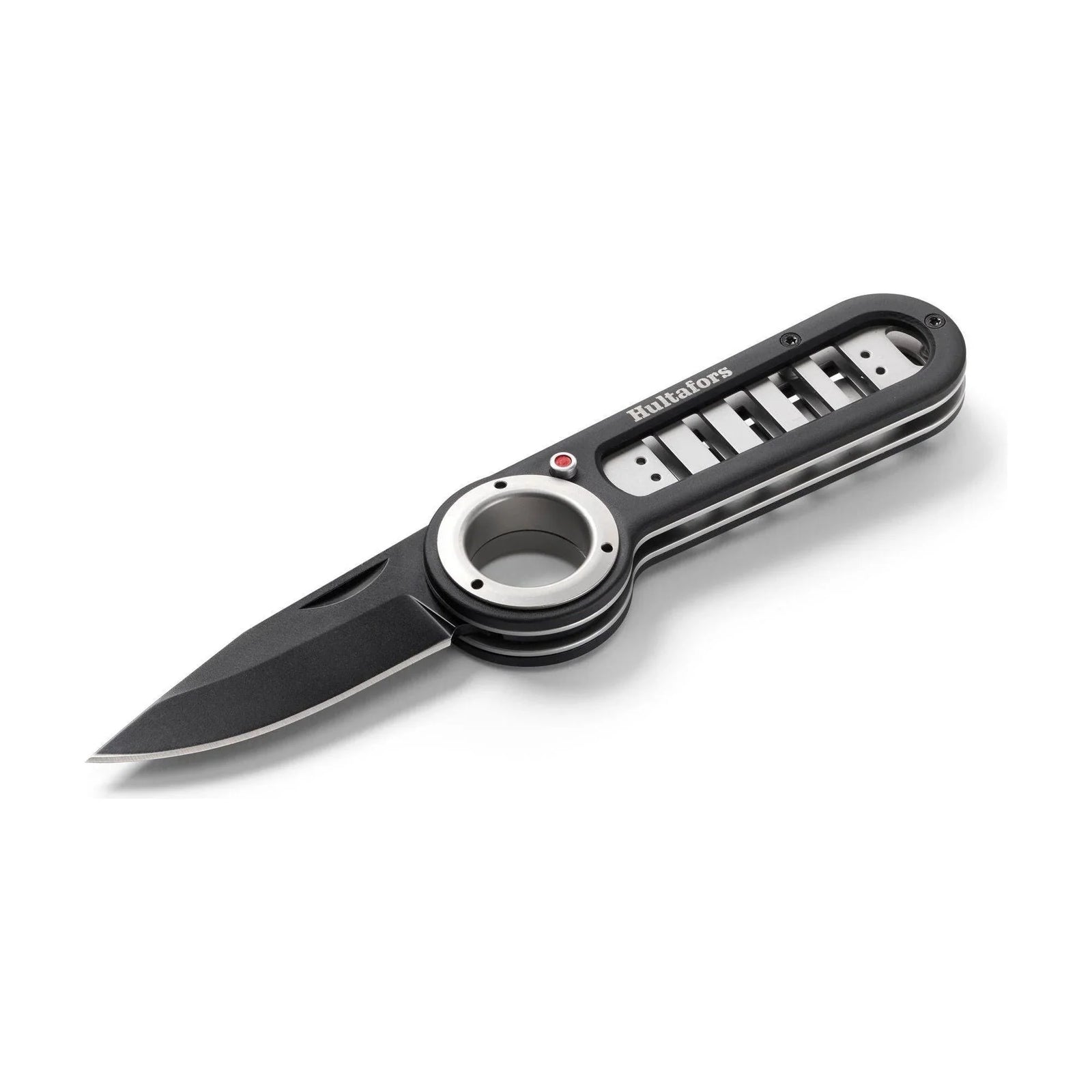
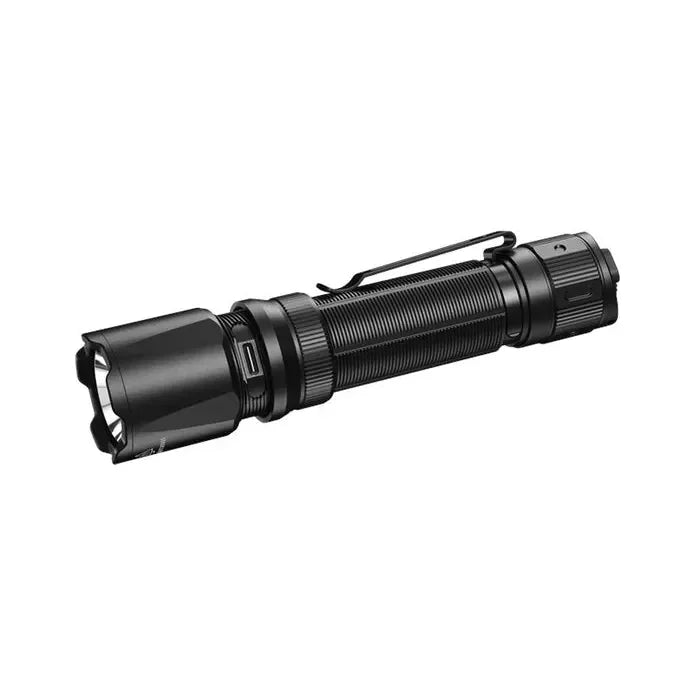
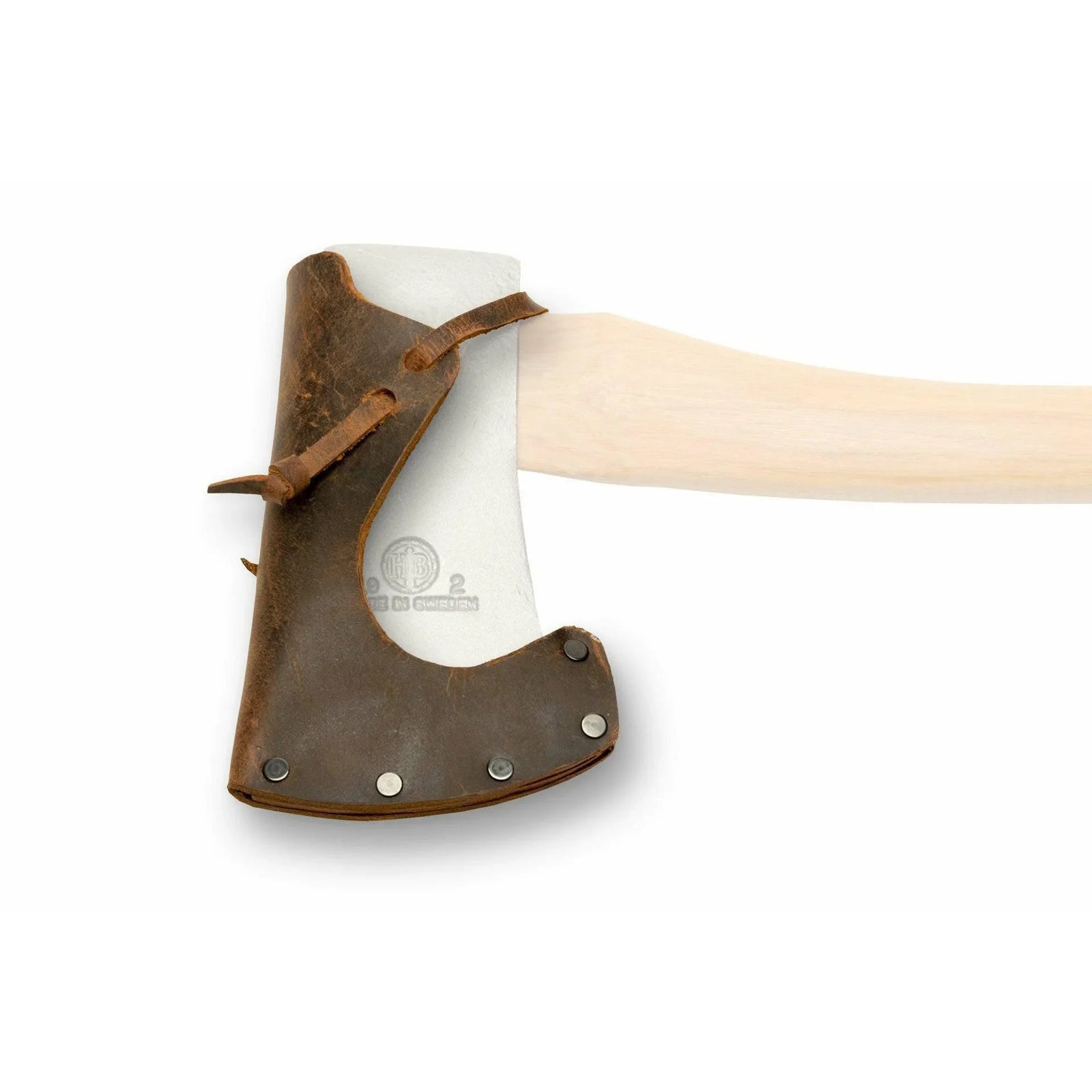
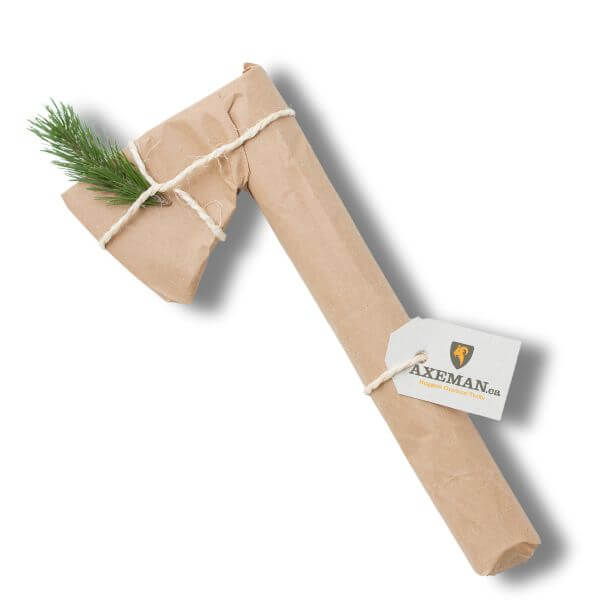

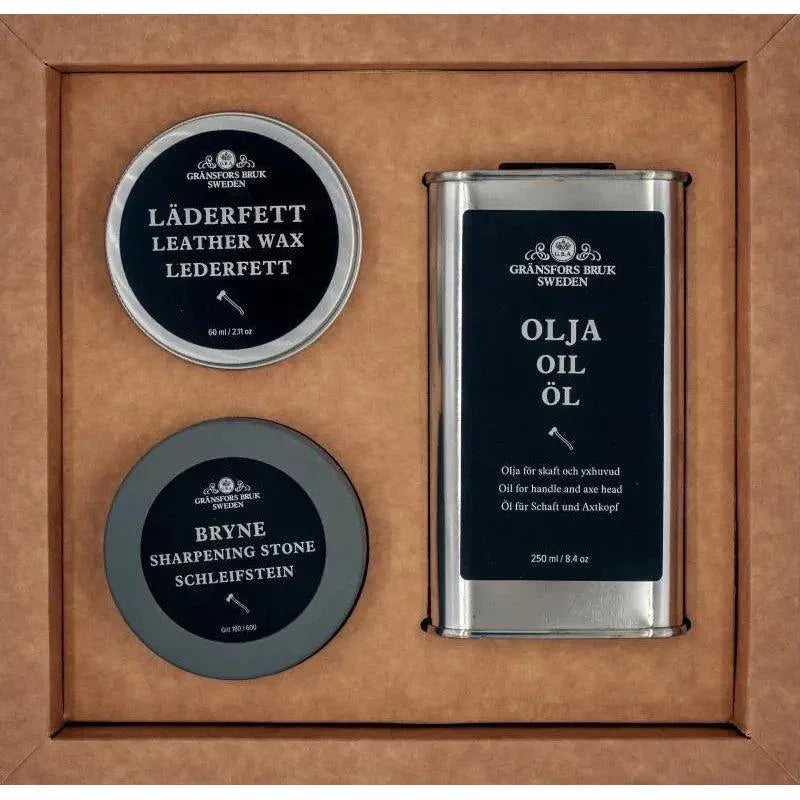
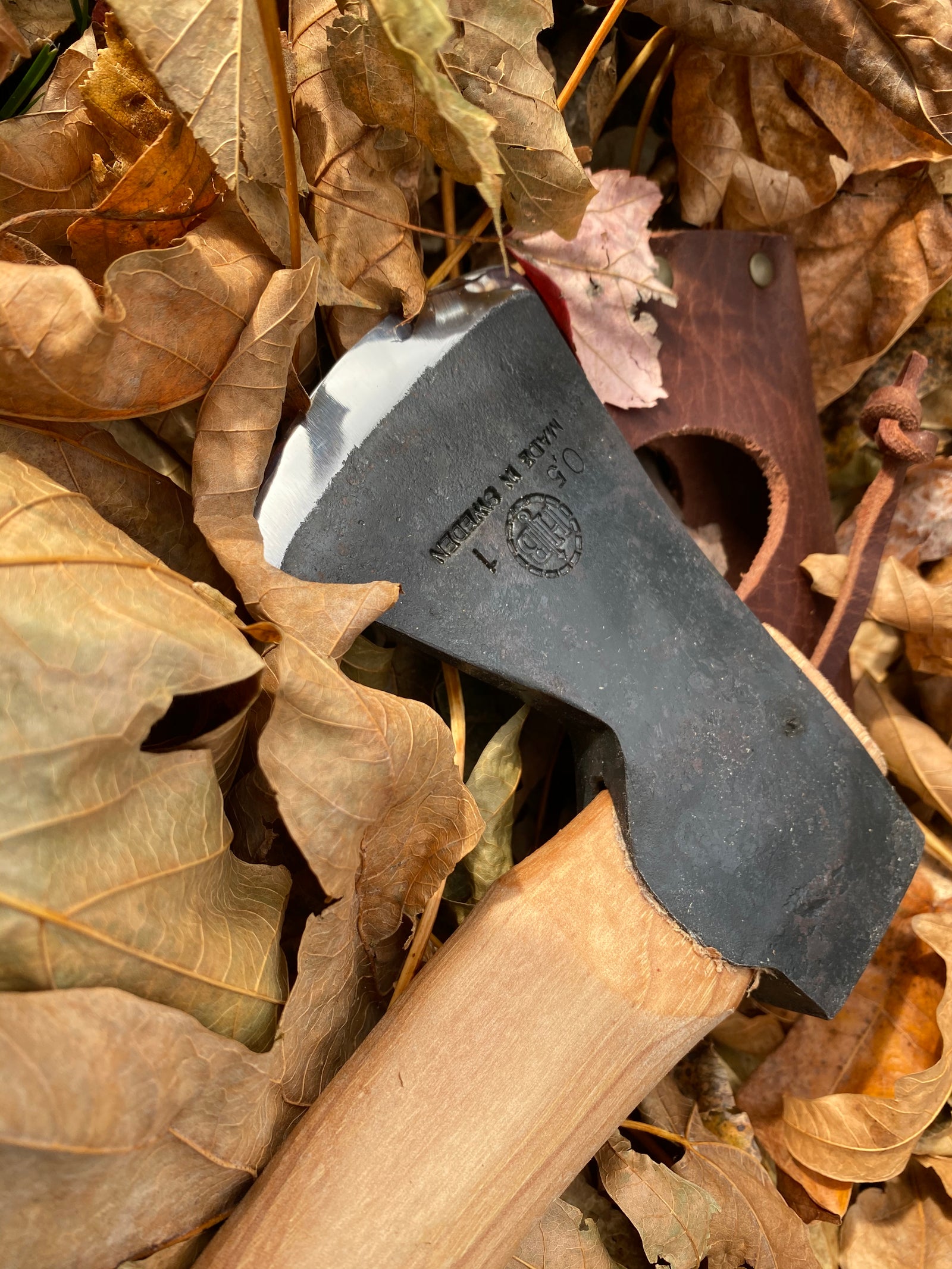




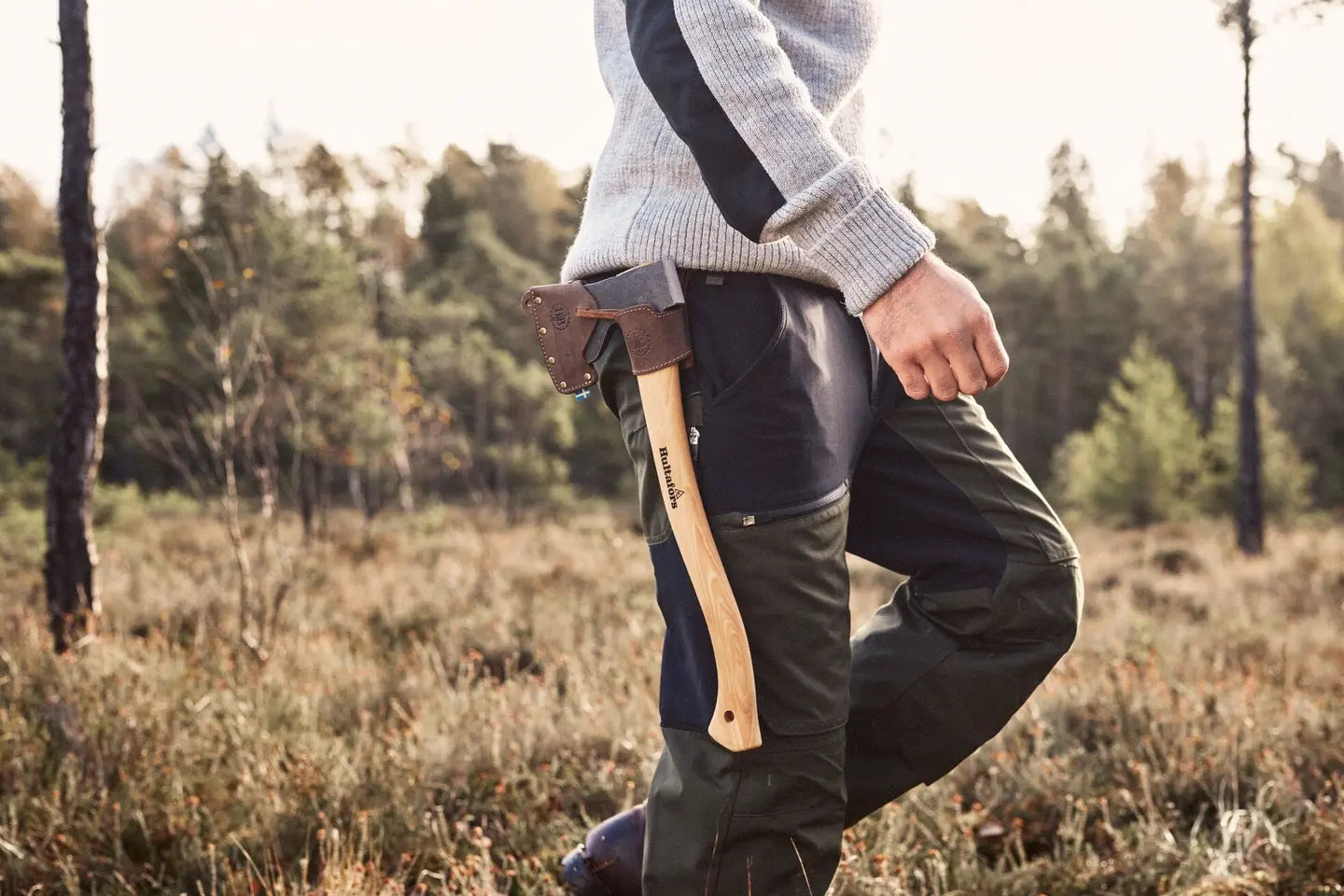
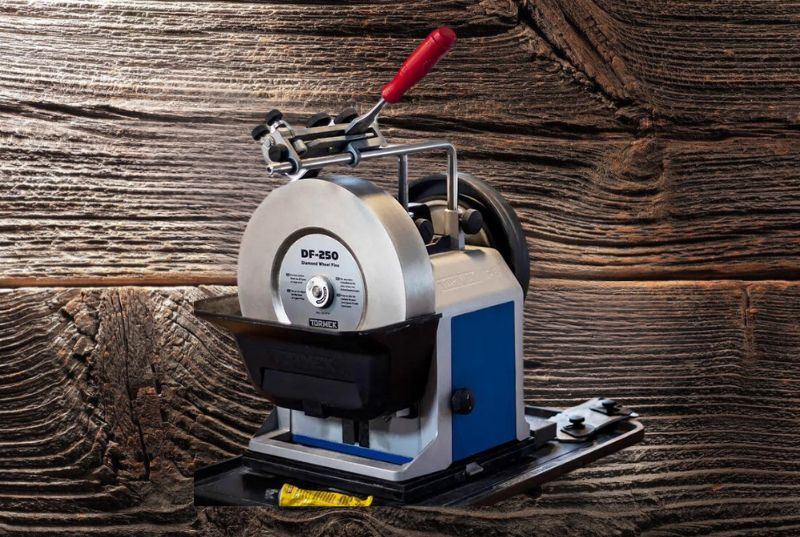


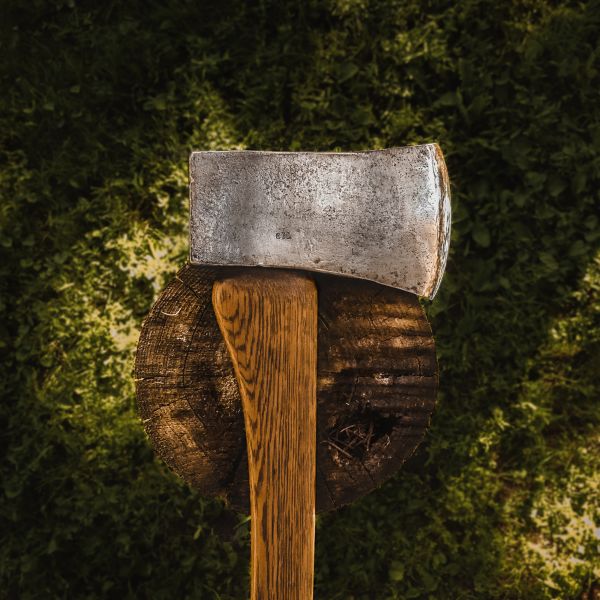


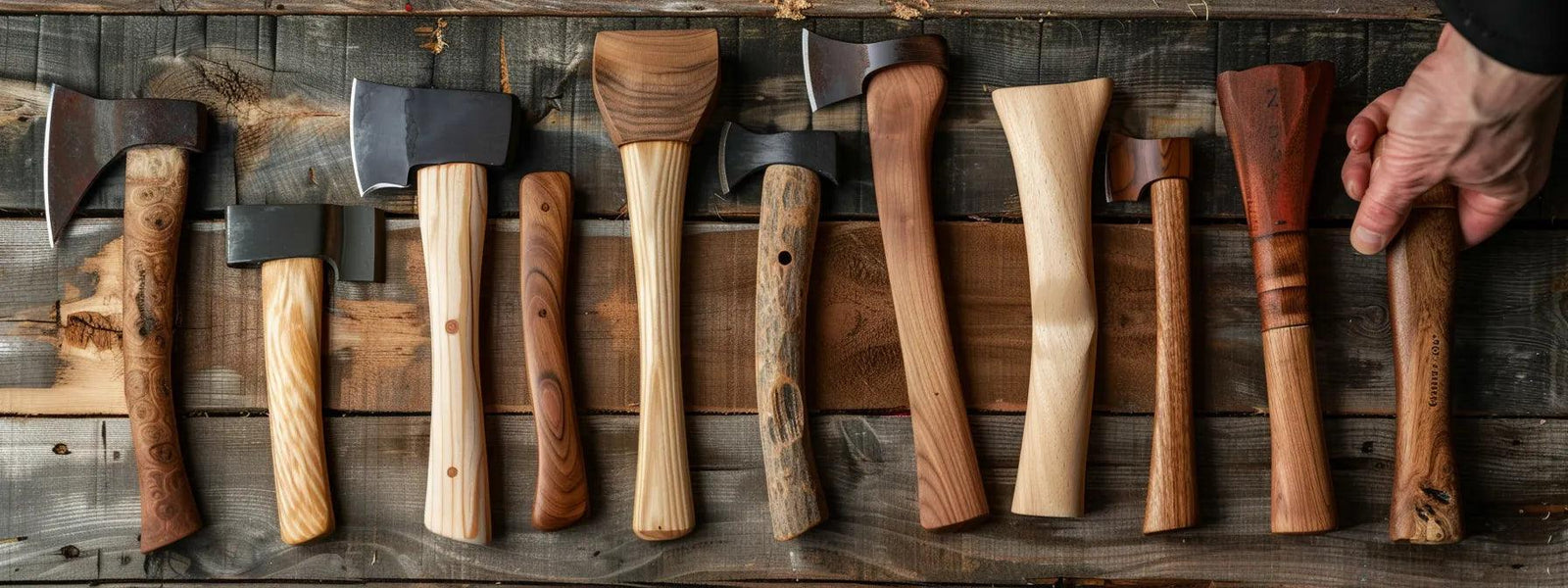



Leave a comment (all fields required)